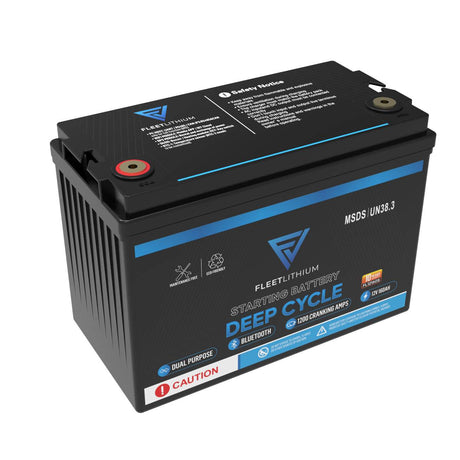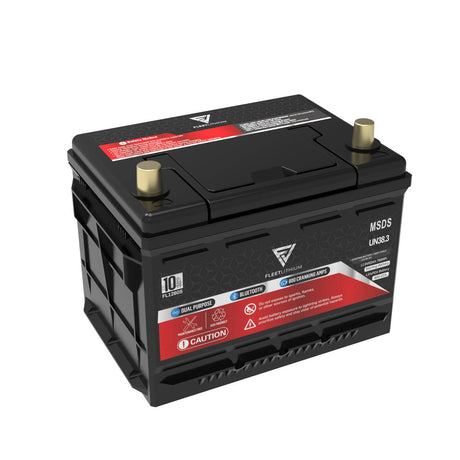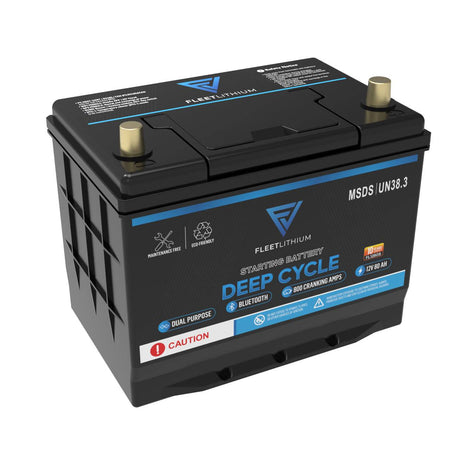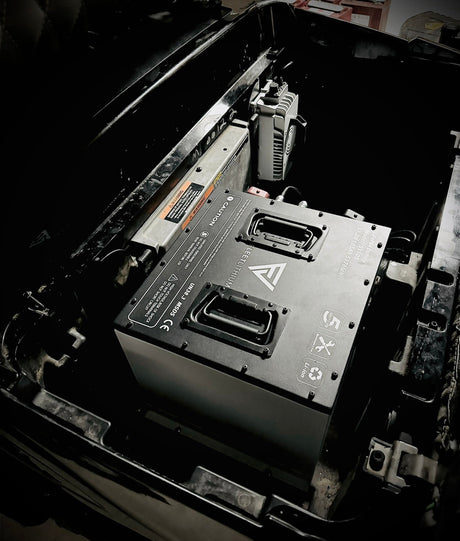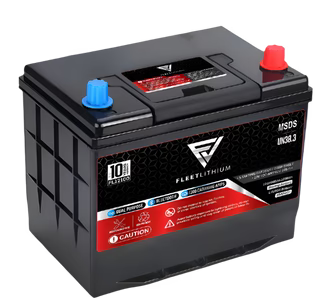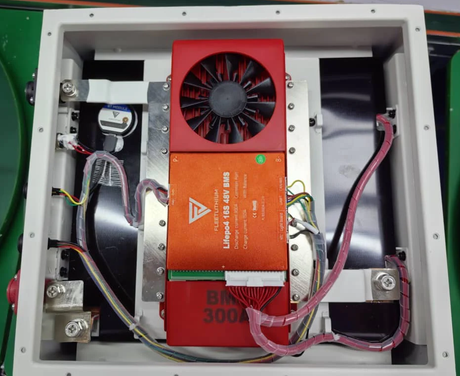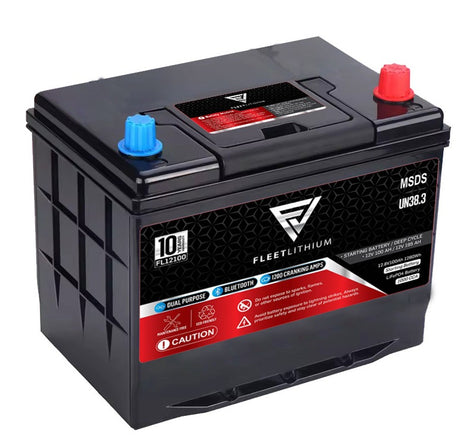Fleet Lithium Troubleshooting Guide
Fleet Lithium batteries are trusted by golf cart owners, UTV enthusiasts, and boaters for their long life, reliable performance, and advanced technology. Like all high-performance lithium batteries, however, proper installation and setup are critical to ensure safe operation. This troubleshooting guide was created to help you quickly diagnose and solve the most common issues with Fleet Lithium products, including vehicles that won’t turn on or move after installation, batteries shutting off under heavy load, inaccurate state-of-charge readings, or unexpected shutdowns mid-drive. Marine customers will also find solutions for trolling motor batteries that drain too quickly, onboard chargers that won’t activate, and wiring problems that reduce motor power.
In addition to step-by-step troubleshooting, this guide covers important topics such as charger interlock bypassing, battery management system (BMS) resets, wiring inspections, and the role of proper controller settings. We also include safety precautions, regular maintenance tips, and links to Fleet’s technical support and warranty resources. Whether you are upgrading to a 48V or 72V golf cart pack, powering a UTV for off-road adventures, or running a trolling motor offshore, this guide ensures your Fleet Lithium battery performs as designed. Bookmark this page for fast access whenever you need expert guidance on keeping your battery system safe, efficient, and ready for the road or water.
Reliable Power for Golf Carts, UTVs, and Marine Applications
Golf Cart & UTV Troubleshooting
Vehicle won’t turn on or move after install
Possible Causes & Fixes:
- Battery not fully charged — connect to a lithium-compatible charger.
- Main positive and negative cables loose or corroded — tighten and clean.
- Battery voltage does not match controller system (e.g., 48V, 72V, 76V).
- BMS in low-voltage shutdown — briefly apply a charger to reset.
- Controller fuse or solenoid blown during installation — inspect and replace if necessary.
- Charger interlock not bypassed: The interlock prevents the cart/UTV from moving while a charger is connected. If it remains active after lithium installation, the vehicle may power on but not drive. Ensure the interlock is properly bypassed if required.
Battery shuts off under load (hills, acceleration, heavy draw)
Possible Causes & Fixes:
State of charge (SOC) reading is inaccurate
Fix:
- Use the Fleet Bluetooth App for accurate live data.
- Perform one full charge cycle and one full discharge cycle.
- Update app firmware and re-pair via Bluetooth if needed.
Battery gets hot during charging
Explanation & Fix:
- Slight warmth is normal, but overheating is not.
- Charge in an environment below 100°F.
- Ensure charger output matches the battery’s rated input amps.
- Fleet Lithium packs include active cell balancing and internal heaters — only take action if battery exceeds 140°F.
Vehicle shuts down mid-drive
Possible Causes & Fixes:
- BMS triggered by over-discharge or overheating.
- Controller is drawing more continuous amps than the pack supports.
- Upgrade to a high-discharge pack such as the


